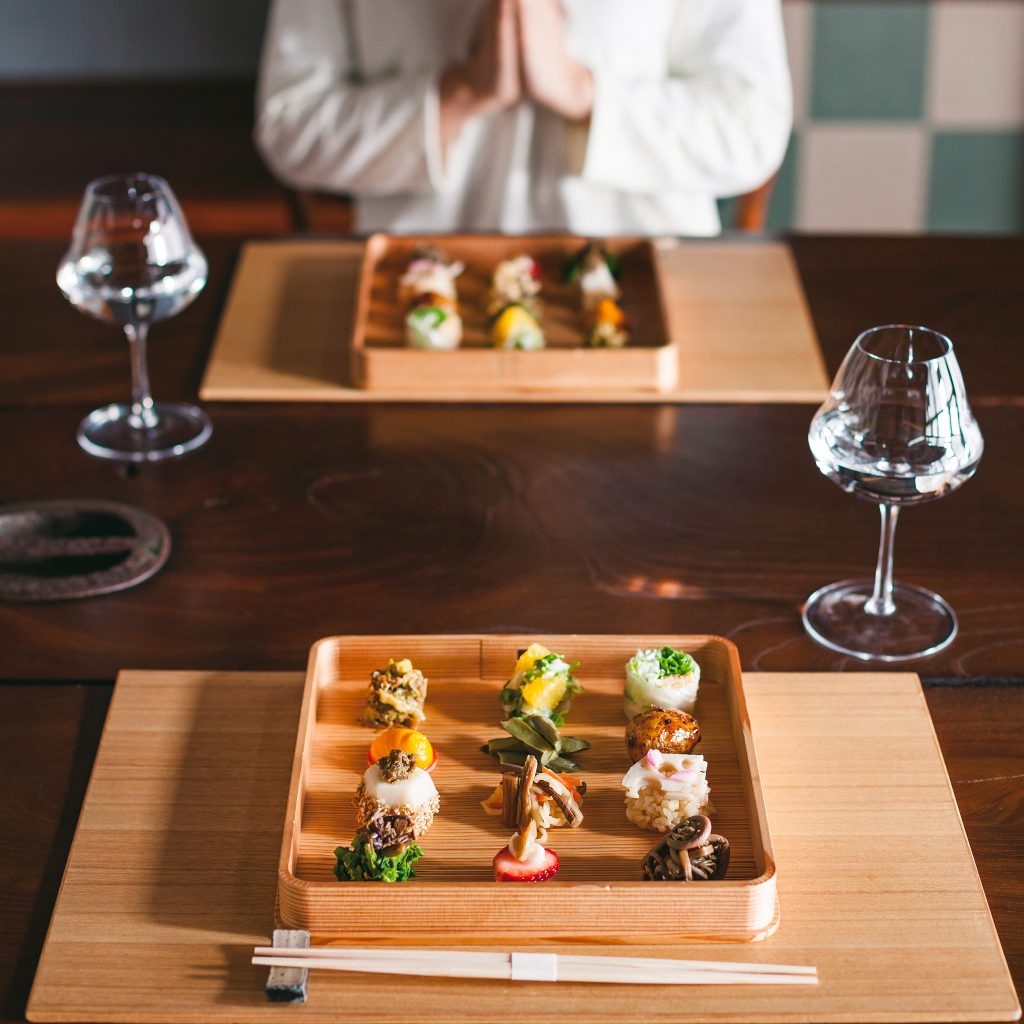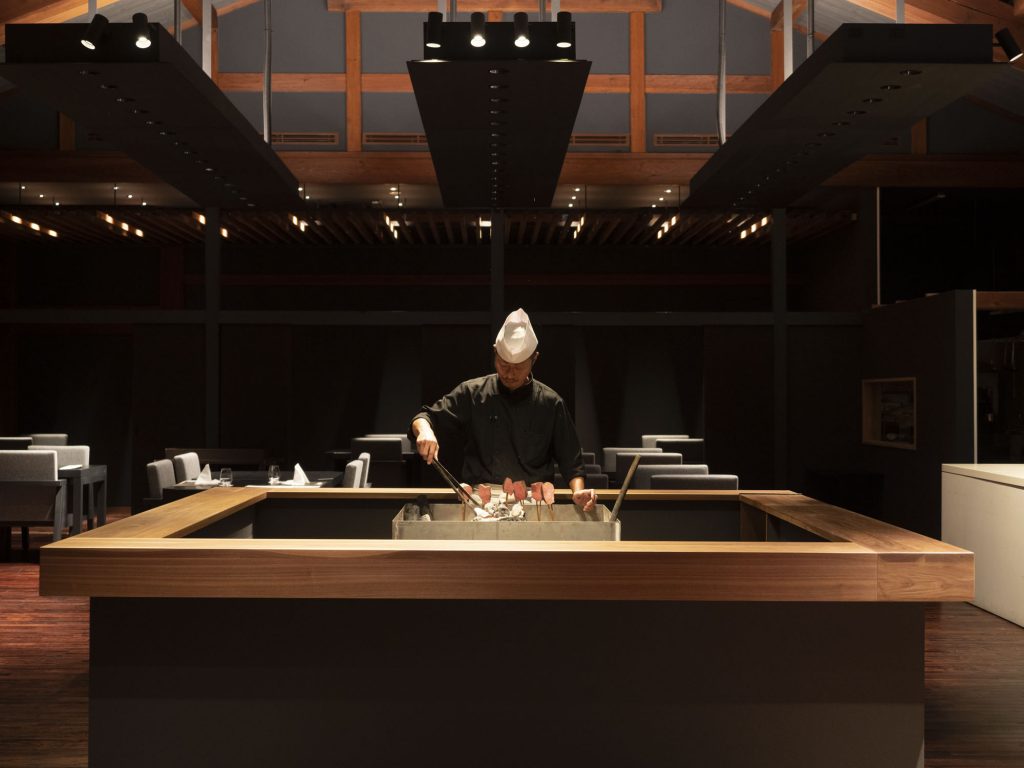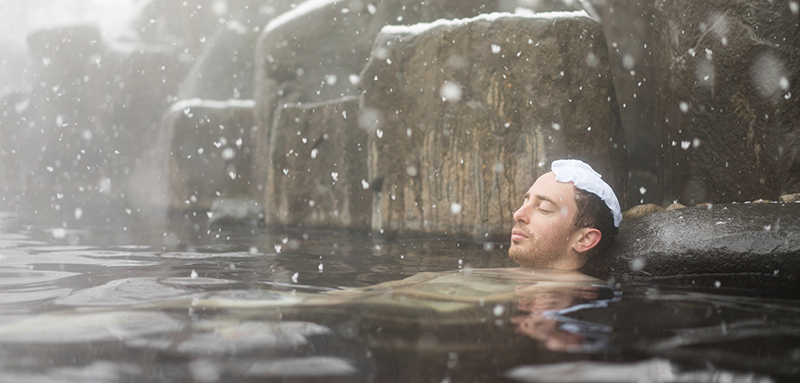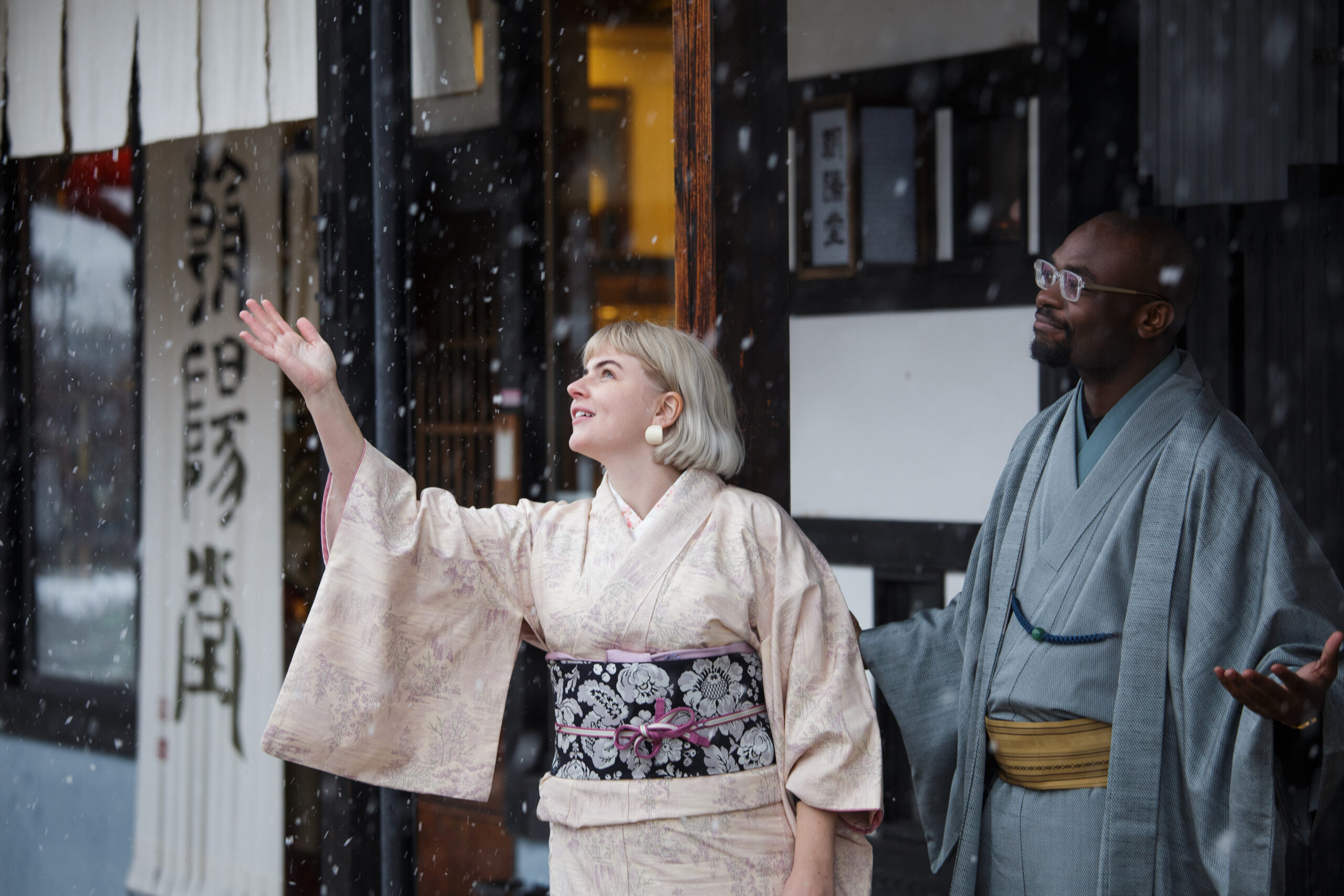What is gastronomy tourism all about?
In his book “Slow Food Nation: Why Our Food Should Be Good, Clean, and Fair”, Slow Food advocate Carlo Petrini describes a gastronomy enthusiast as “a person who has sharpened his senses, who has cultivated his palate, and who has taken into account what the food is and how it is produced”. He is a man who has a keen sense of taste, and who has an eye for what food is and how it is made.
What is gastronomy tourism?
This is an essay by travel writer Chizuru Asahina on her travels around food. She offers a variety of tips on gastronomy tourism, including choosing the right restaurant for your trip, sake and terroir, and more.
Disclosure of food information
In YUKIGUNI (snow country), there is an initiative called “YUKIGUNI A-grade Gourmet” which was started in 2010 by Mr. Toru Iwasa (President of Jiyujin Co., Ltd.) with the aim of “preserving the food culture and leaving it to the next generation, as the traditional food suited to the climate is being lost”. Lodging facilities and restaurants that actively disclose information on the “other side of deliciousness”, such as the origin of ingredients and the presence or absence of additives, are certified as “Yukiguni A-grade Gourmet”.
YUKIGUNI A-grade Gourmet
Yukiguni A-grade Gourmet is assessed on three criteria: consideration for the place of origin, use of ingredients from the place of origin, and efforts to avoid additives. An accredited surveyor makes a comprehensive judgement on the percentage of ingredients used and the presence or absence of additives, originality and allergen compliance, and attitude to cooking.
Our vision of gastronomy tourism
Of course, “delicious” is important. On top of that, it must be connected to the “other side of delicious”. This is what we call gastronomy tourism in YUKIGUNI. In particular, the knowledge of how to survive the winter is directly linked to food. In this sense, our gastronomy is a symbol of YUKIGUNI culture.
You can read more about the gastronomy of the Snow Country in the following articles.
Why does the culture differ so much from the city? Because people have always lived here, despite it being one of the heaviest snowfall zones in the world. Being snowbound for almost six months of every year (between December and April) has given rise to practical wisdom that has endured — particularly with respect to food — and become part of today’s culture.
Deeply rooted gastronomy in the cold regions Snow country gastronomy tourism (JNTO)
In this article, we will introduce you to 6 hotels where you can enjoy gastronomy tourism in YUKIGUNI, only 70 minutes from Tokyo.
1. Satoyama jujo

The Food Culture of Yukiguni
One of the unique aspects of the food culture in YUKIGUNI is that much that is in use today has continued consistently throughout the ages. This is attributed to having to prepare enough food to last through the heavy snows and also the fact that the mountains surrounding the area created a natural barrier. Other areas have had to rediscover old recipes and techniques but not so in Yukiguni.
At Satoyama Jujo they use different traditional preparation methods and ingredients as an expression of the local area, and add their own touches to those. At the back of the building you can find a snow storage hut that is a natural refrigerator once the snow falls, as well as a smoke hut. Other ingredients are being fermented, pickled or dried. Preparation of some of the ingredients for the meal you enjoy may well have started six months ago!
An Insight into the Local Ingredients
The cuisine at Satoyama Jujo is highly regarded for being organic and local. Every day there is a short walking tour around the grounds that opens your eyes to the edible plants growing within easy reach. Taking just a short stroll you can learn about the many different types of edible plants that grow by the side of the paths. This can be up to twenty different species at certain times of the year. Many more hide deeper in the mountains.
Depending on the season you can also see the Yukimuro (snow storage), or tour some of the fermenting or pickling facilities as the ingredients are maturing. Everything you witness will contribute to the unique taste of the area that you will experience on your plate at the evening meal.
2. Sake Hotel Tamakiya

Local Gastronomy from a Michelin-starred Kitchen
You could almost describe Tamakiya as an amazing restaurant that also has rooms attached. The chef has a top pedigree working in a leading French dining restaurant in Tokyo. The kitchen sources traditional local ingredients (and it is not uncommon for the chef himself to be out foraging) but uses them with a French-inspired twist. This fusion cuisine blending old and new, French and Japanese has been highly praised and is a real treat for any food lover.
A Masterclass in Sake or Wine Pairing
The owner of Tamakiya is a top level sake master and for the full experience you should make the most of his knowledge by ordering the tasting menu that pairs sake or wine with the different courses. The sake option is the most popular, and is not just a different glass with each course. Until you have tried this experience you may not realise just how involved the world of sake can become, and of course, the added enjoyment brought out in the food makes it all the more worthwhile.
The Ideal Marriage of Sake and Fine Dining
The sake pairing course is an amazing introduction to the fascinating world of Japanese sake. The accompaniment chosen for each dish brings out the best in the food but there are also subtle adjustments that can be made, such as the shape or material of the cup, the way it is served, or certain additions like herbs or spices, that can also enhance the flavor. The pair of sake masters that work the floor are constantly reassessing their recommendations, and even if you stay multiple nights you are guaranteed new and eye-opening experiences. This is regional fine dining at its best.
3. A Manor House Hotel ryugon

Classic Cuisine in a Modern Setting
The main dining room is a showcase for YUKIGUNI gastronomy: local ingredients specific to the season gathered from the surrounding mountains, vegetables kept in snow-filled storerooms to bring out their sweetness, traditional forms of preserving and serving food that have been passed down through the ages. The previous ryugon used a form of charcoal grilling to cook river fish and other ingredients around an irori hearth. This now forms the heart of the dining room and is a much loved part of the local cuisine.
Learning to Cook with the Locals
Just inside the impressive entrance gate to ryugon is a cooking space complete with a traditional rice stove. Here there are lessons with the local ladies on how to prepare a delicious local stew and cook rice using the old method. The food itself is delicious but by far the most memorable part of this experience is the interaction with the ladies who have lived in YUKIGUNI their whole lives.
4. Syoubun
Gastronomy with a local touch
The food at Syoubun has always been a source of pride. It had to be good in the early days as there was no onsen there. Food was traditional mountain fare, often homegrown, healthy, and rich in vegetables. It still retains the good home-cooked feeling and the same idea of letting the ingredients themselves shine. The dressings, miso, and condiments are made in-house. Syoubun is closes on certain days of the year for the staff to go out to pick seasonal mountain plants, then wash and prepare them together for the coming year.
Seasonal Hotpots that Highlight the Local Ingredients
The hotpots highlight the best ingredients of the season. The fall version is packed full of different kinds of mushrooms, winter uses root vegetables that were picked earlier in the year and cold stored, spring takes advantage of the abundant mountain plants, and summer is river fish and local vegetables. The chef has good relationships with the local suppliers so can go into the fields and pick his choice of the crop. The rice is a key ingredient of the meals and a photo of the producer is on the wall in the private dining rooms.
5. Hatago Isen
YUKIGUNI Gastronomy
The restaurant at Hatago Isen is an intimate affair with an open kitchen that lets you feel close to the action. The menu is a celebration of the best of YUKIGUNI food culture blended with more modern influences. Traditional ingredients that were needed to survive a long winter served in innovative ways, local ingredients with the exact taste of the season, and ways of preparing that have been passed down through the generations, and all of this is paired with delicious local sake or wine. Sometimes it is also possible to do a tour of the kitchen and learn from the head chef about the influences and techniques that make YUKIGUNI gastronomy so special.
Auberge-style Accommodation
The rooms are exceedingly comfortable and the decor is soothing, but one of the main highlights of staying here has to be the cuisine. The quality food and drink available both here at the ryokan, and close by in restaurants run by Hatago Isen, mean that you could use the onsen and room as a place to relax between meals.
6. Hinanoyado Chitose
Matsunoyama Onsen’s Traditional Food Culture
The food culture of Matsunoyama Onsen is a story in itself. For much of its history the town was effectively cut off once the winter snows fell, so preparations of food stores were essential. Many dishes find their roots from this time using locally sourced ingredients either found wild or grown in the fields during the rest of the year. The kitchen at Hinanoyado Chitose turns out a true feast perfectly presented. In amongst the items are some old local favorites and classic combinations from the past.
Also the heat of the onsen waters have been used for cooking which has turned out some amazing treats, both modern and classic. The food here has a real sense of terroir and is closely tied to the way of life.
A Foraging Tour of the Local Mountains to Harvest Local Staples
The mountains around Matsunoyama Onsen have always provided extra sustenance for its residents and guests. Mountain plants in spring after the snows melt, fruits and mushrooms in fall, and game from the hunters. You can experience foraging with a local and marvel at the work that used to go into food gathering. At the same time you come to understand the joy of the freshest of flavors as you prepare your haul in a converted folk hut and enjoy it in the company of the locals and their stories.
Finally
The source of YUKIGUNI culture is the wisdom. The wisdom to survive the winter is still alive in this place, which is closed to the snow for almost half a year. The wisdom of such YUKIGUNI is deeply expressed in food. From early spring to late autumn, the bounty of the mountains is preserved in salted, dried and fermented form. The “YUKIGUNI Gastronomy Tourism” is a great way to experience this unique culture.
We recommends the following tours
If you are looking for a unique gastronomy experience near Tokyo.
Gastronomy Tours in Japan’s YUKIGUNI
If you are looking for accommodation near Tokyo that offers a unique cultural experience.



